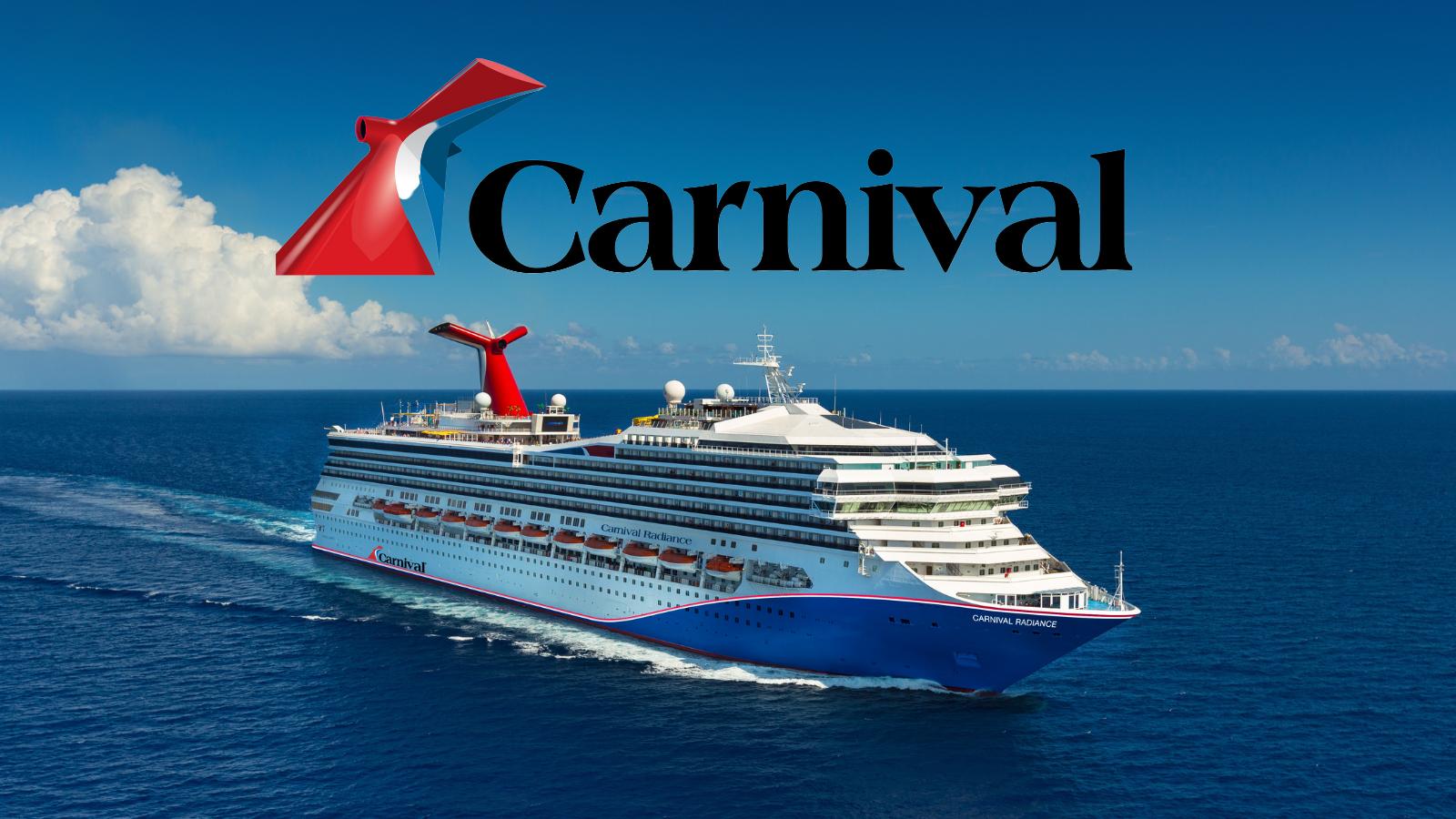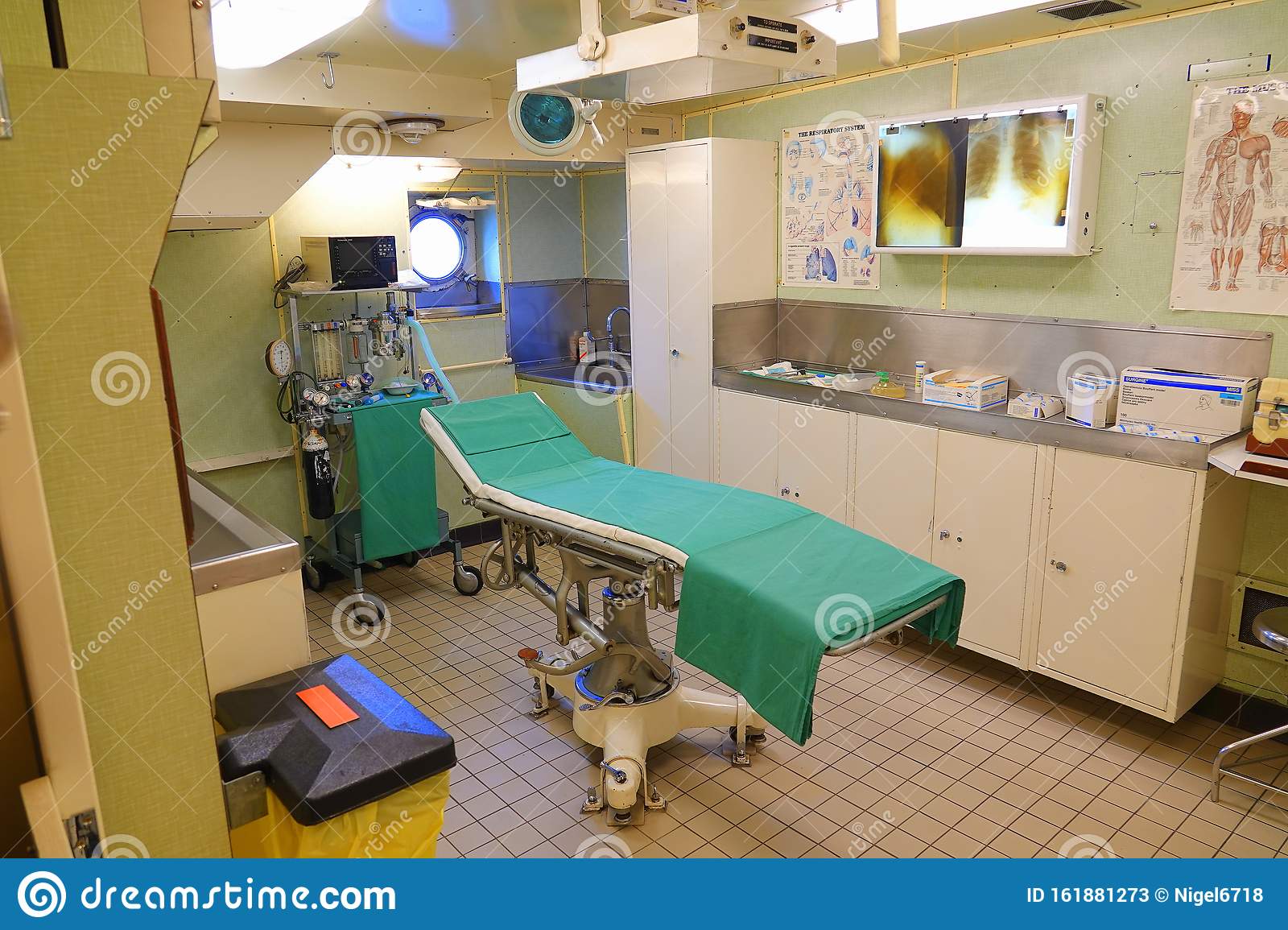
If you have been considering a cruise on Princess Diamond, you might have heard about the COVID-19 virus. You may be curious as to what the virus is and why it spreads so easily aboard cruise ships. What are the measures being taken for ensuring a safe environment for all passengers? I have the answers to all of your questions.
COVID-19 coronavirus on princess diamond cruise ship
In late February, the Grand Princess cruise ship, which was also a member of the Disney Cruise Line, sailed roundtrip from San Francisco, California to Mexico. The ship made 4 stops during its first voyage. Most of the passengers and crew stayed on board for the second. The ship left San Francisco in February 21 and was scheduled for return on March 7. On February 28, two COVID-19 cases were identified by a California clinician. Both had been confirmed to be SARS-CoV-2 positive. After the outbreak was identified, the cruise line notified the CDC and began canceling group activities for the second voyage.
COVID-19 is highly contagious and cruise industry officials have been concerned about potential outbreaks. Due to the high proportion of older people on ships, COVID-19 can prove dangerous. Researchers have warned that cruise ships could experience epidemics of the disease. A cruise ship virus outbreak can cause severe illness or even death.

Factors that promote the spread of the virus aboard cruise ships
The low space and high density onboard passengers on cruise ships facilitate the spread virus. This makes it very difficult to distinguish between infected and non-infected passengers. Also, passengers onboard the ship often stay in close proximity for a prolonged period of time. Spread of the virus may be facilitated by the close proximity to and proximity to contaminated surfaces.
Most infections were seen in food service personnel. The majority of cases of the virus were found on decks where food service workers often lived. Some activities such as cooking and serving food made it easier to spread the virus.
Cruise ships will be protected from the spread virus
The virus could be particularly dangerous to older passengers on cruise ships. To stop the virus from spreading, cruise lines must use protective equipment like masks and gloves. They must be proactive about their passengers' health and ensure that they do not suffer from any lingering symptoms. Information about the risk of contracting the virus on cruise ships and the precautionary measures in place should be provided.
Port states face a significant challenge when there is an unexpected outbreak of highly contagious viruses on cruise ships. Although ports play an important role in epidemic prevention, control and response, Japan's response for the Princess Diamond outbreak highlighted the limitations of emergency resources. The Yokohama Port Epidemic Prevention Emergency Response plan had insufficient detection capacity and limited medical reception, which led to an increase in cross-infections. It also lowered the rate of recovery.

Cleansing efforts were made
After a number of passengers reported getting sick on the Princess Diamond cruise ship, the government has quarantined the ship for 14 days, a precautionary measure that is necessary to prevent further spread of the norovirus. Efforts have been made to disinfect surfaces and deliver meals to passengers separately, which helps reduce the risk of transmission. However, the quarantine period may be extended due to increased numbers of infected passengers.
The Centers for Disease Control and Prevention (CDC), United States have advised passengers to travel with additional restrictions and to quarantine. Although it might have been beneficial for public health, the quarantine could have not prevented the virus spreading to the ship. The Diamond Princess, currently in Japan, is being cleaned thoroughly and is currently at dry dock. The company, in collaboration with the Japanese Ministry of Health is working hard to ensure that the ship is as safe as possible.
FAQ
These 4 factors determine the price of a cruise.
The main factors that influence the price of a cruise is the time you are willing to spend on it, whether you choose an all-inclusive or a shorter package, the number of people you plan to bring, and the type of cabin booked.
What is cruising?
The deposit, usually $50-$100, is required when you book a cruise. Your balance is due 30 days before departure. When you arrive at the port, you check into your cabin. You can then take part in any of the onboard activities.
How can I choose the best cruise line?
It is simple to choose the right cruise line. The first step is to decide which type of cruise you'd like to take. Do you prefer a smaller cruise with fewer passengers or one with more? Next, consider how much you are willing to spend. If you are looking at something more affordable, then consider cruises that offer "all inclusive" packages. This means you don't have any extra cost for meals, drinks or entertainment. Finally, if you plan on a family trip, ensure that the cruise lines you choose offer good family programs.
Are there any disadvantages to cruising?
There are some important things to consider when considering the pros & cons of cruising. Some people may decide that they don’t want to spend the entire vacation on a yacht. Some people prefer to be closer to the shore or stay in a hotel. Some people may feel uncomfortable living so far from land. However, choosing a cruise with plenty of time ashore can easily overcome these concerns.
Do I need to book my cruise before booking my flight?
It depends on which part of the world you are traveling to. It's better to book your cruise earlier than later because you have more flexibility on dates. A cruise could be planned around summer months in Europe, for instance. For those who are planning to go to South America or Asia, it might be a better idea to book your cruise after high season to avoid high prices.
Statistics
- You can save 15% off the total price if you book in advance of your trip. (travel.usnews.com)
- If you're traveling alone, you may also need to factor in a single supplement, adding up to as much as 100% of the cruise fare. (travel.usnews.com)
- For an example of savings, Royal Caribbean offers up to a 40% discount with a dining package. (travel.usnews.com)
- The line estimates savings of 50% when you purchase this bundle. (travel.usnews.com)
External Links
How To
How to avoid seasickness on a cruise
The best way to avoid seasickness on a cruise is by wearing a hat. Wide-brimmed caps prevent motion sickness and keep the head from moving too often.
A hat also keeps water off the face, reducing the air's moisture. People who feel dizzy from breathing in moist air can breathe easier.
Another tip is that you should drink lots of fluids. Avoid alcohol or caffeine. These drinks dehydrate the body and make it harder for fluids to move around the stomach. The amount of salt in the bloodstream can be reduced by drinking enough liquids. Salt causes the body and kidneys to retain water. This can lead to nausea.
You may feel nauseated if you eat something salty. Salty foods cause the stomach to produce more hydrochloric acid, which helps break down food particles in the digestive system.
If none of these tips work, there are medications you can take to relieve seasickness. Some medications can cause side effects like dry mouth, dryness, constipation, blurred sight, headaches, dry lips, dry skin, dry gums, dry lips, constipation, dry eyes, dry throat, dry skin, and constipation.